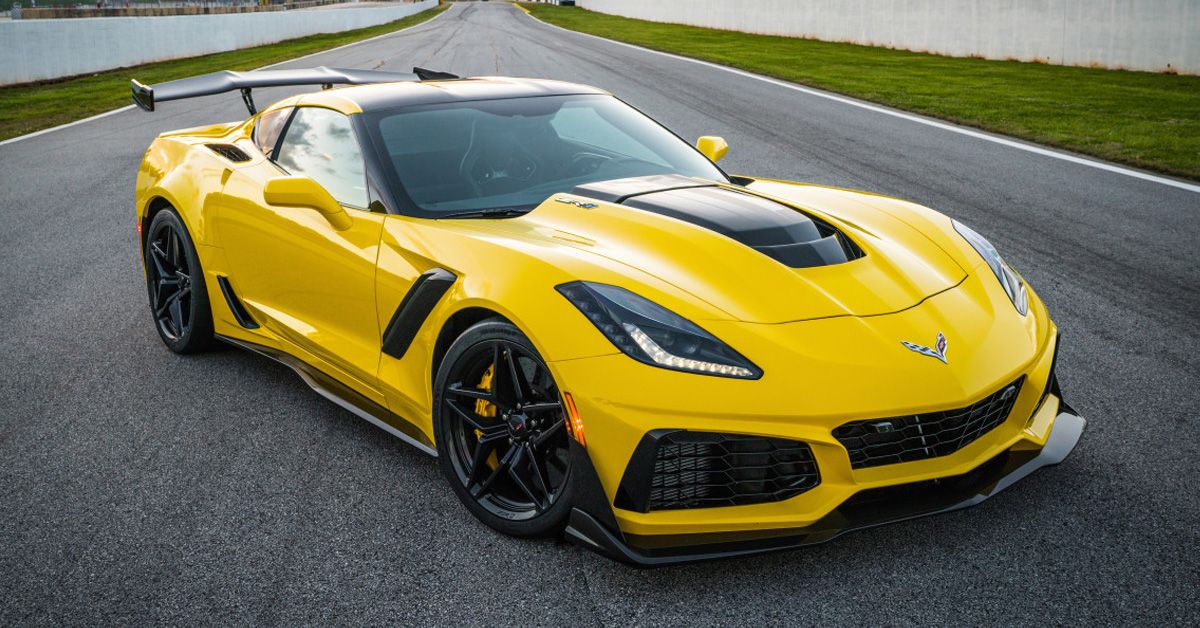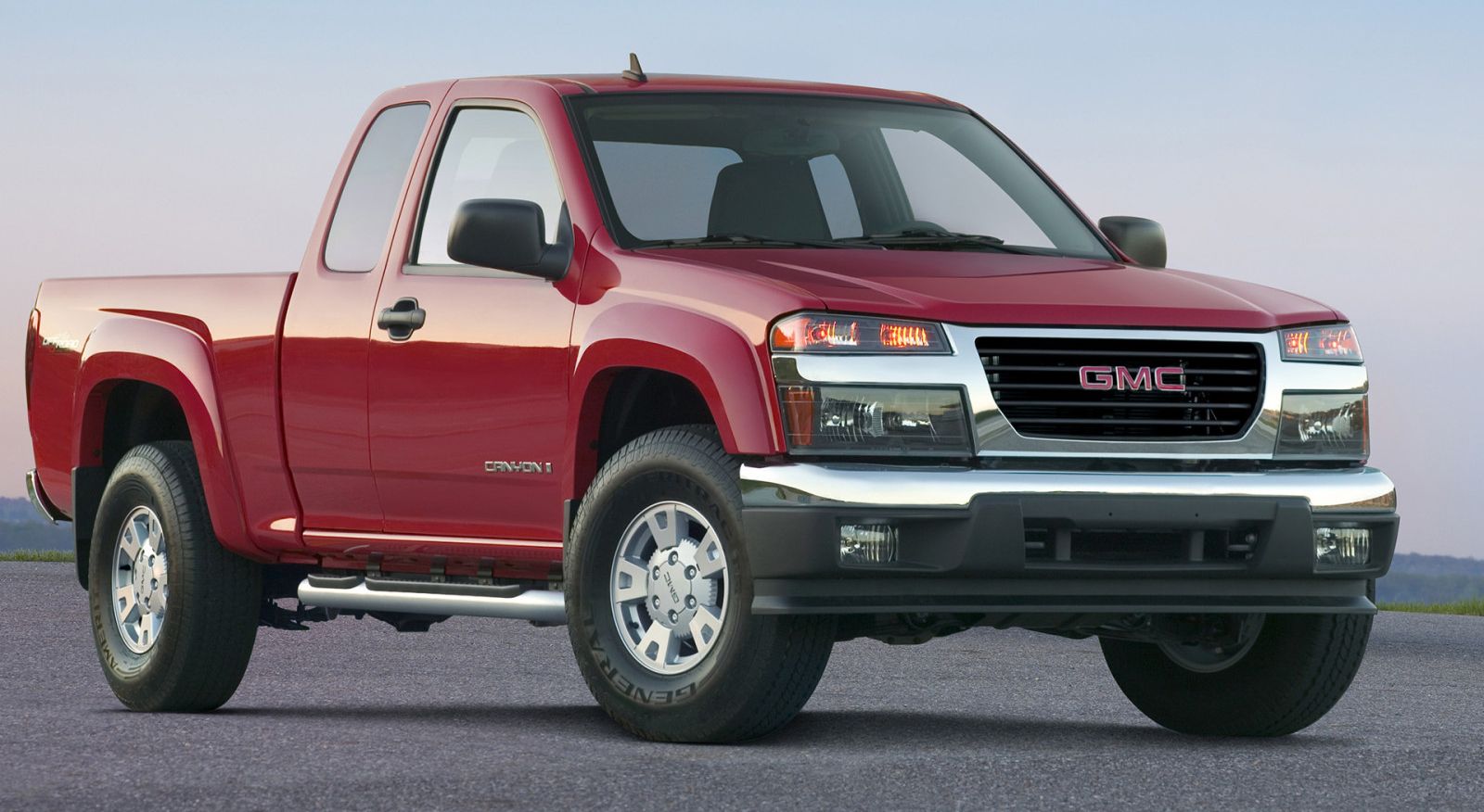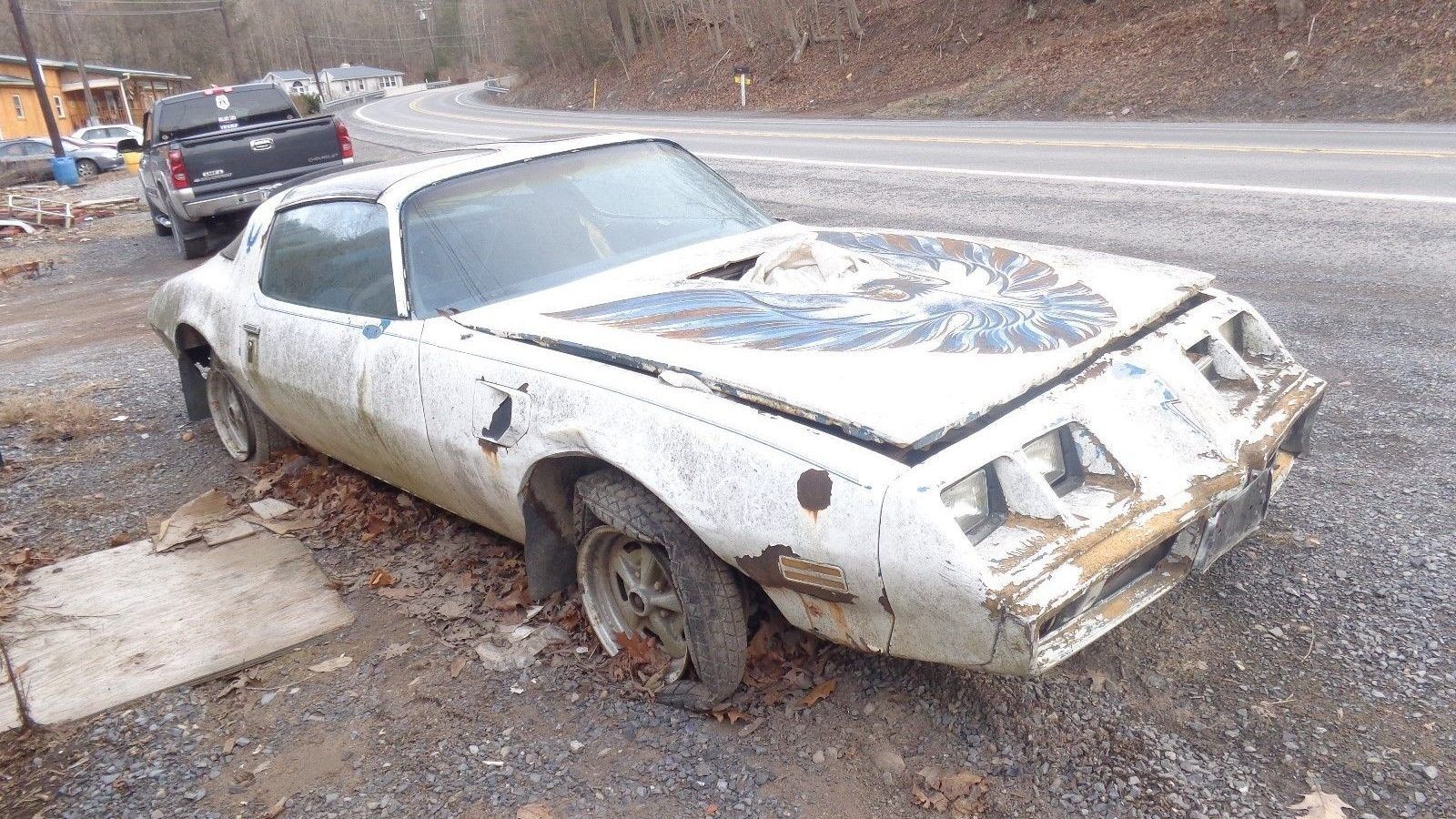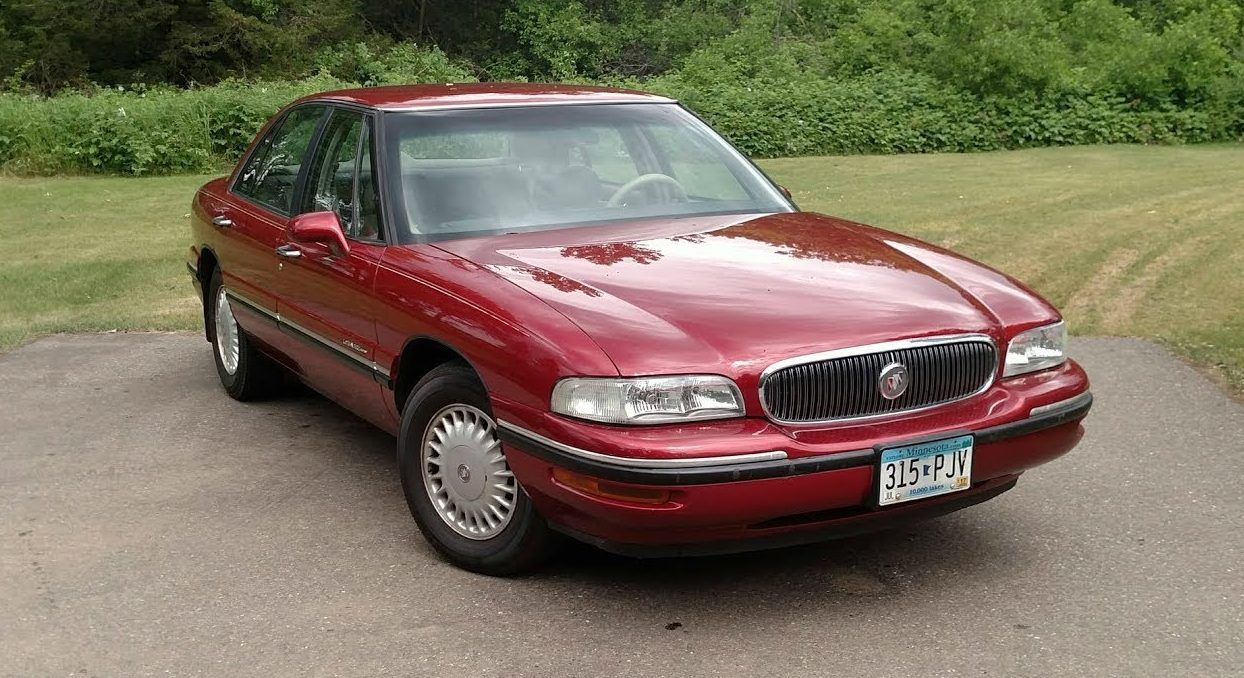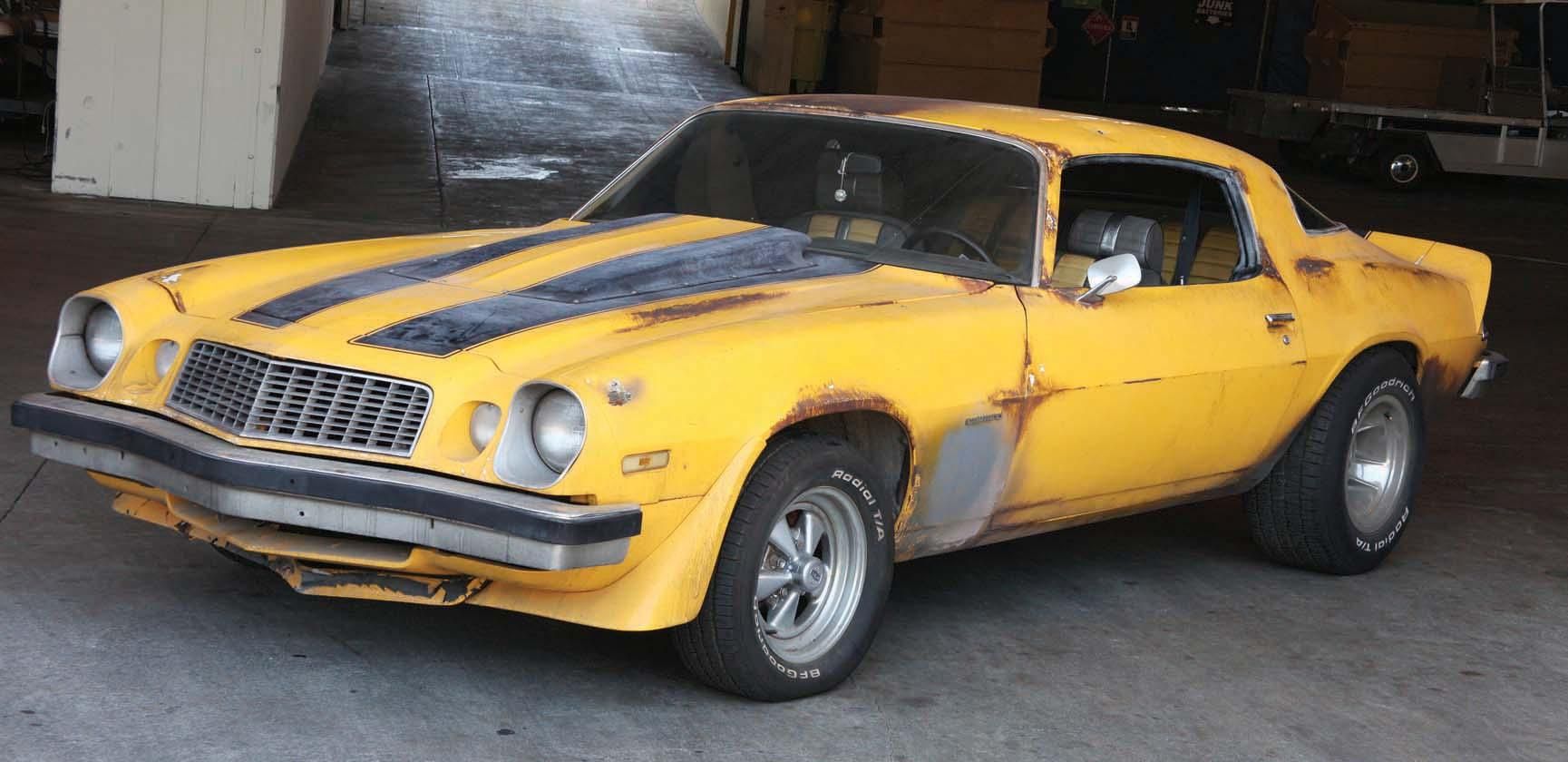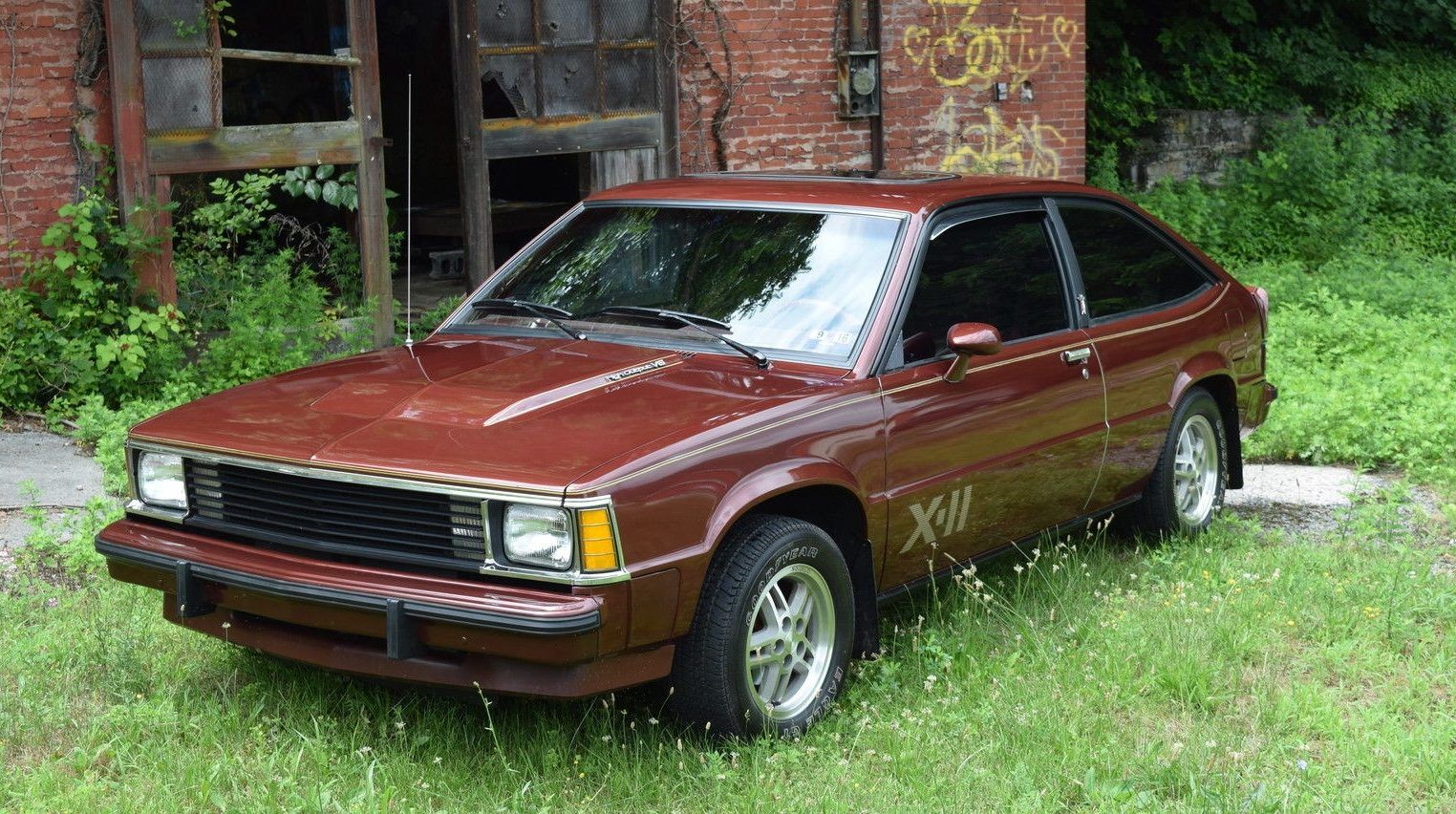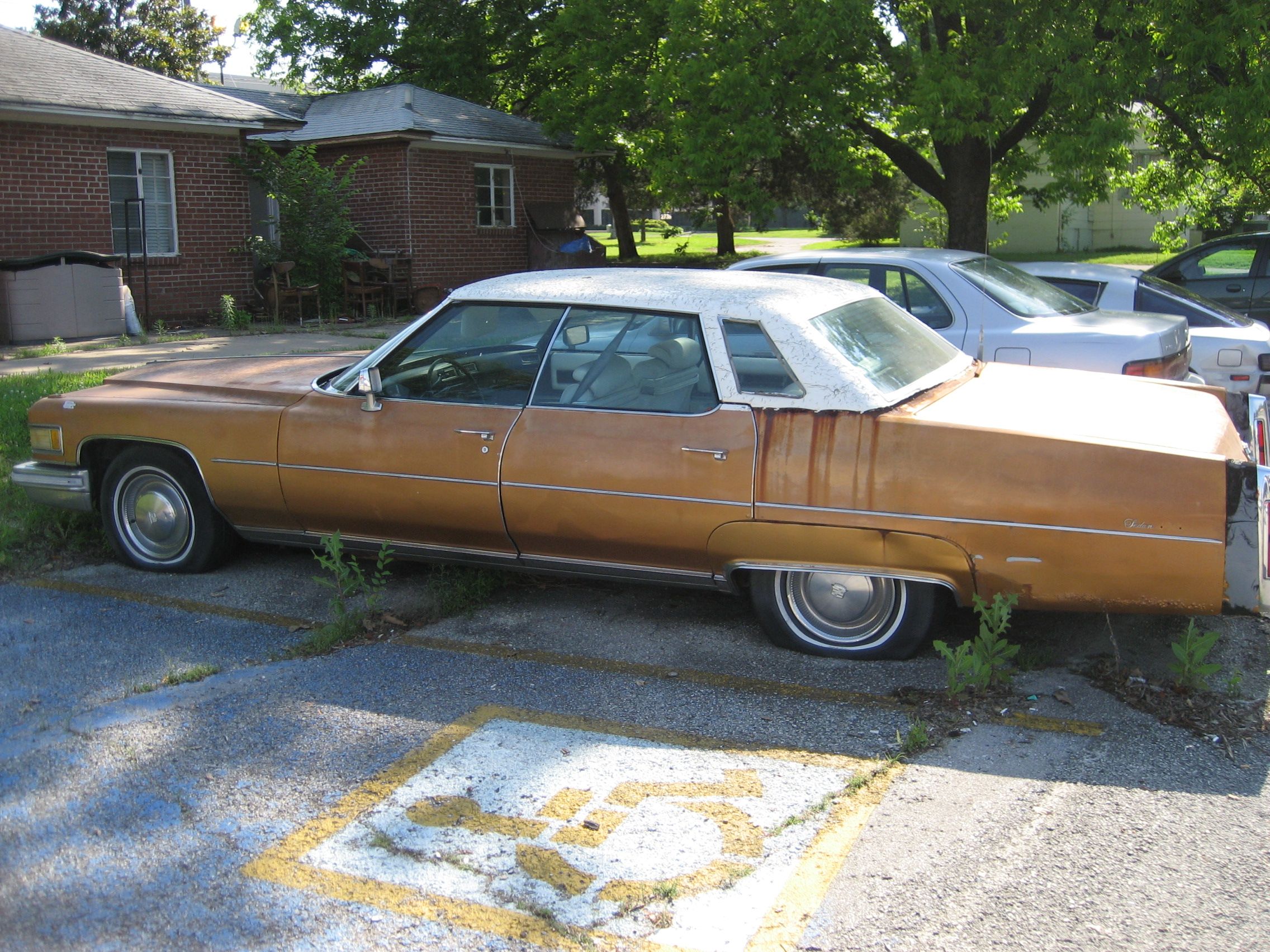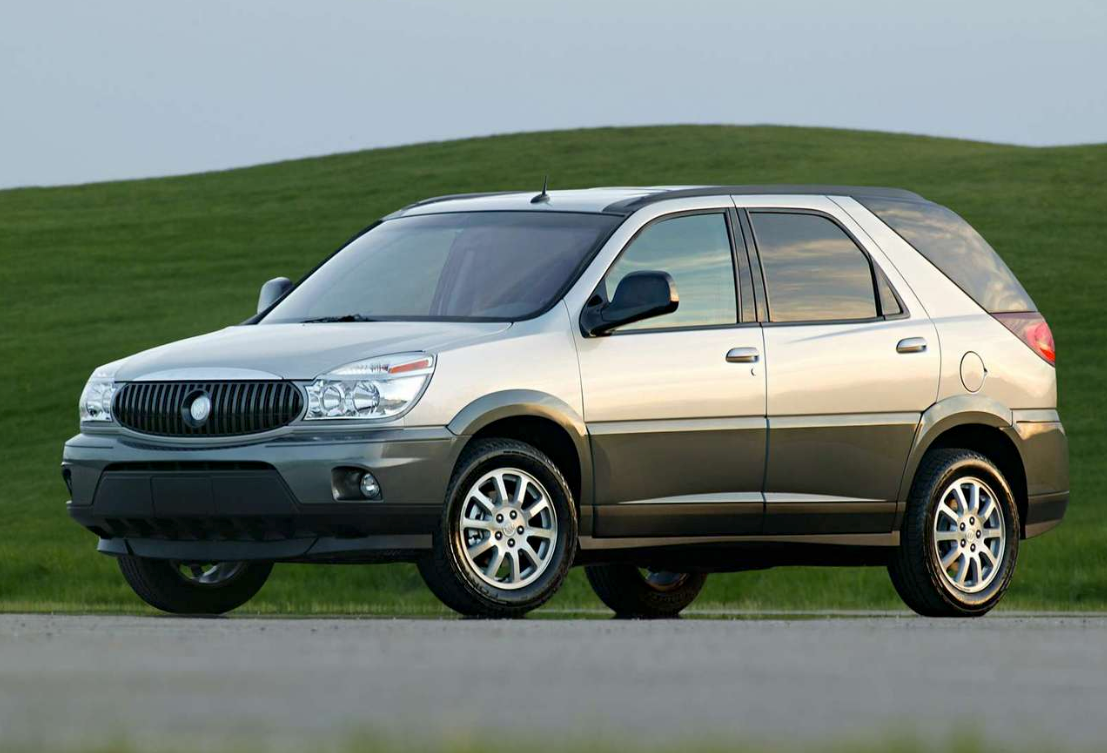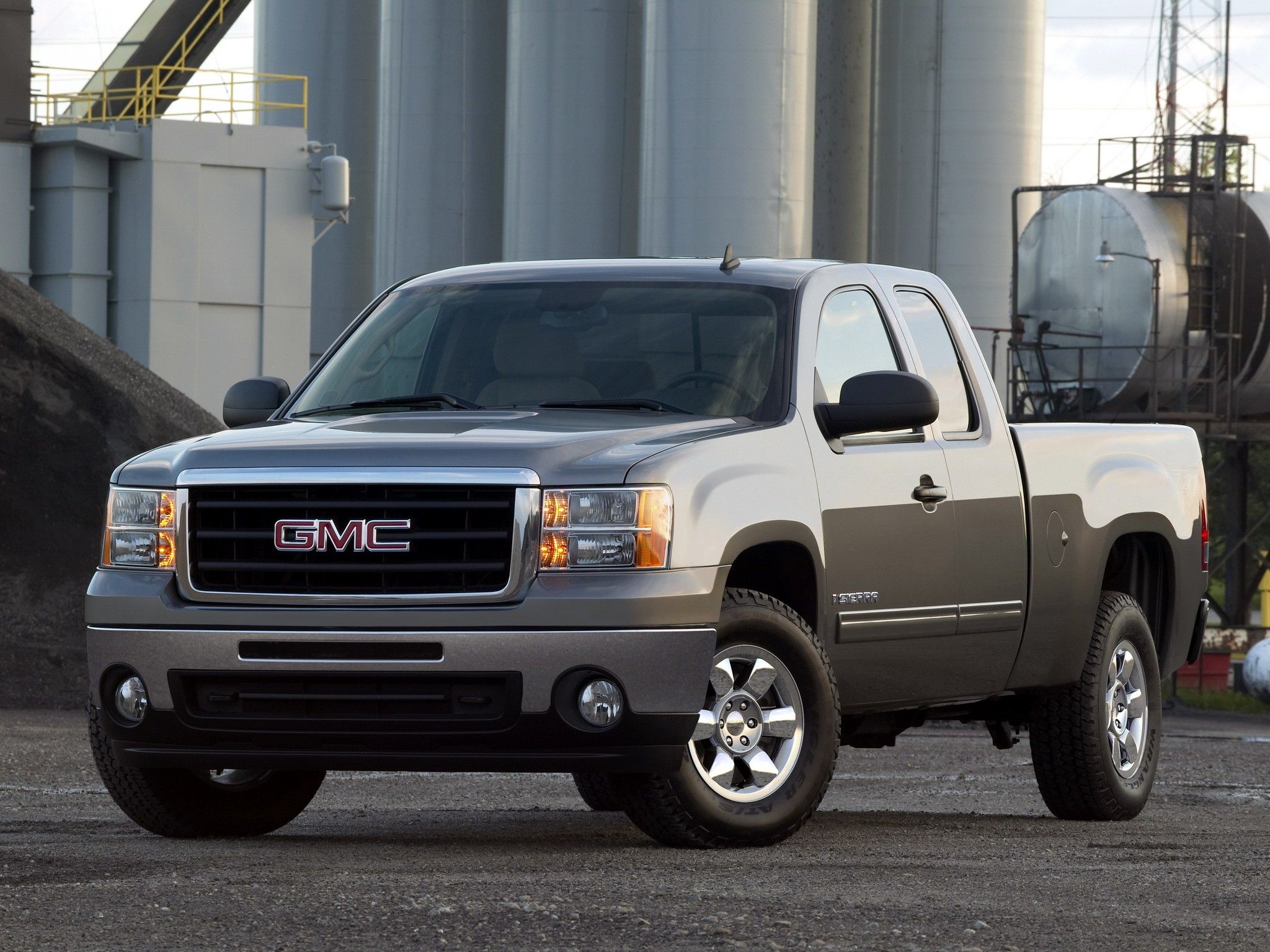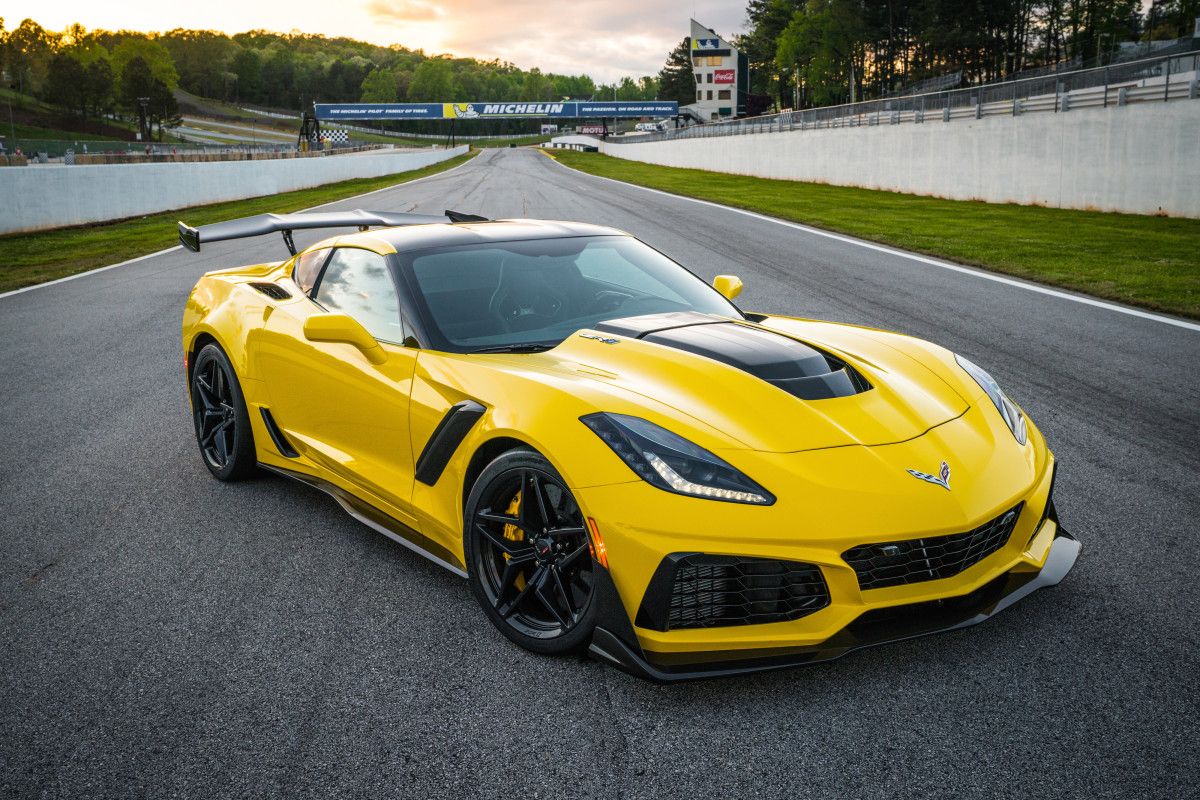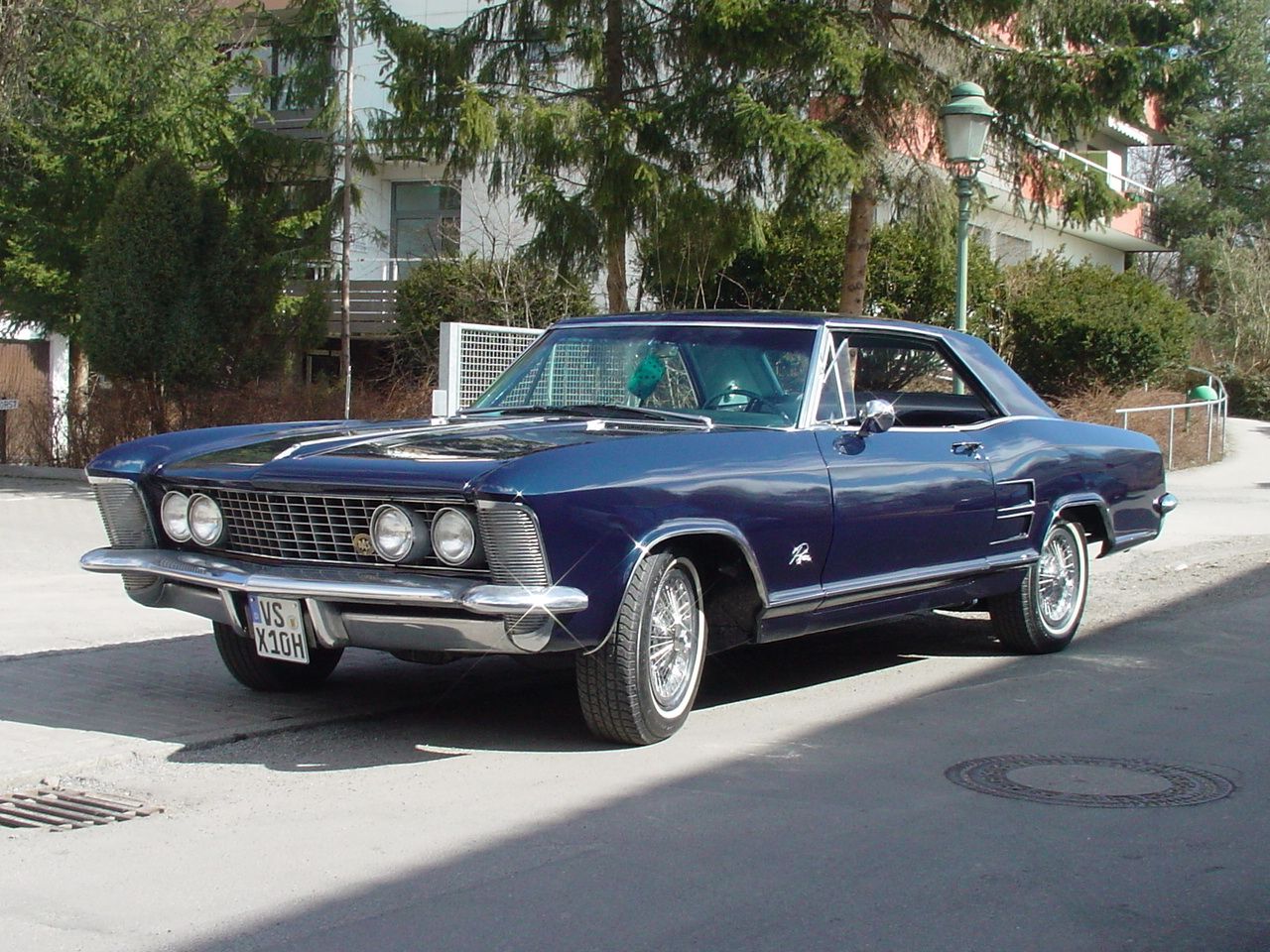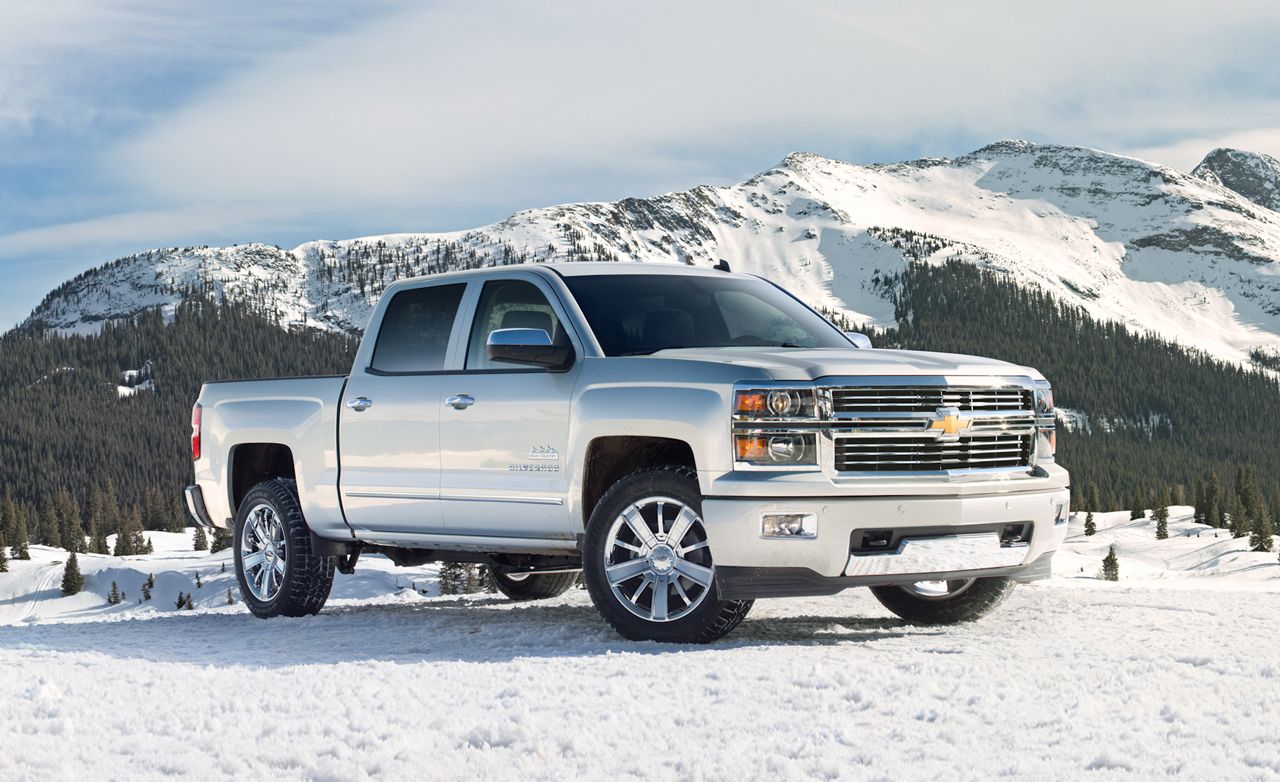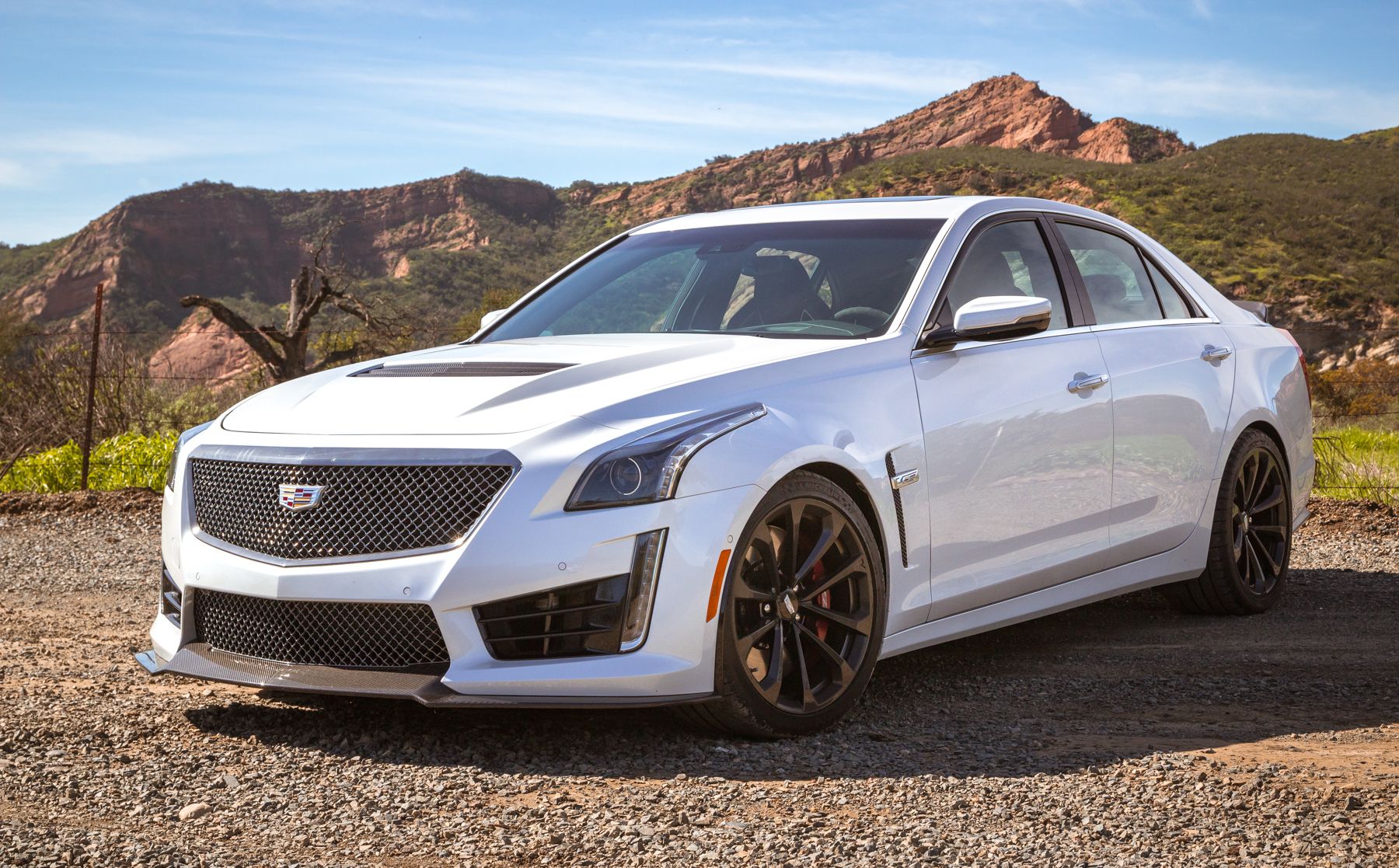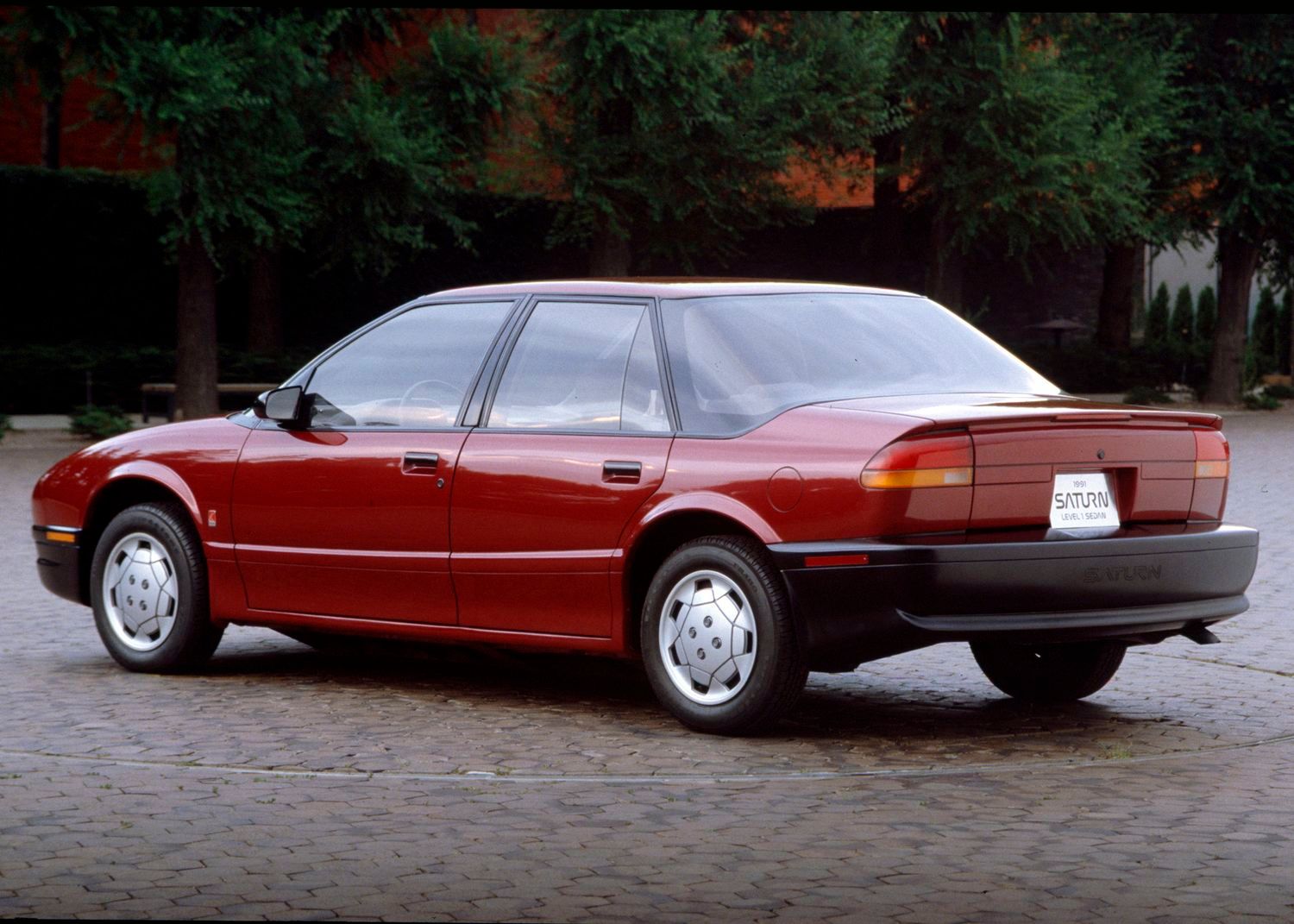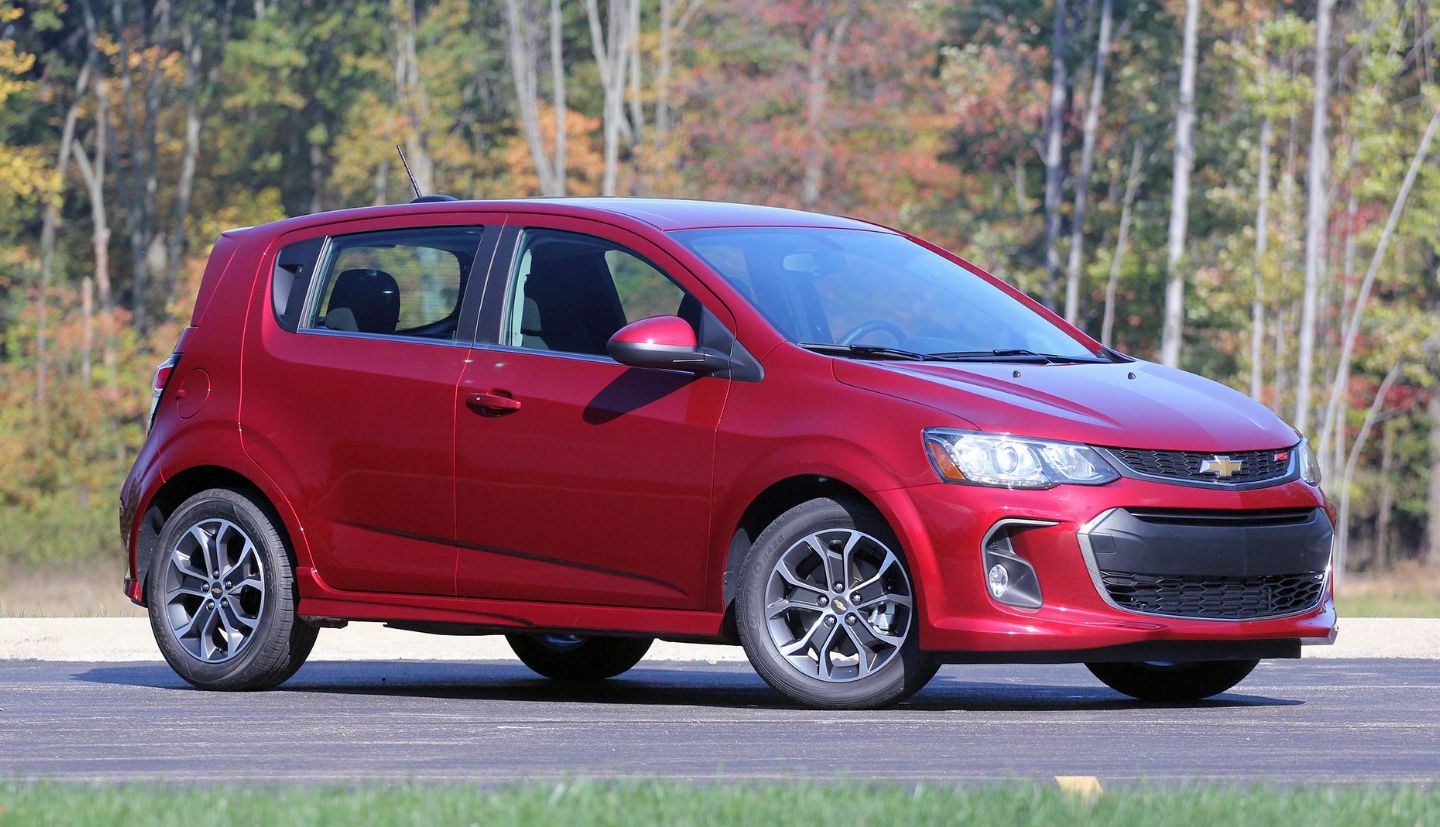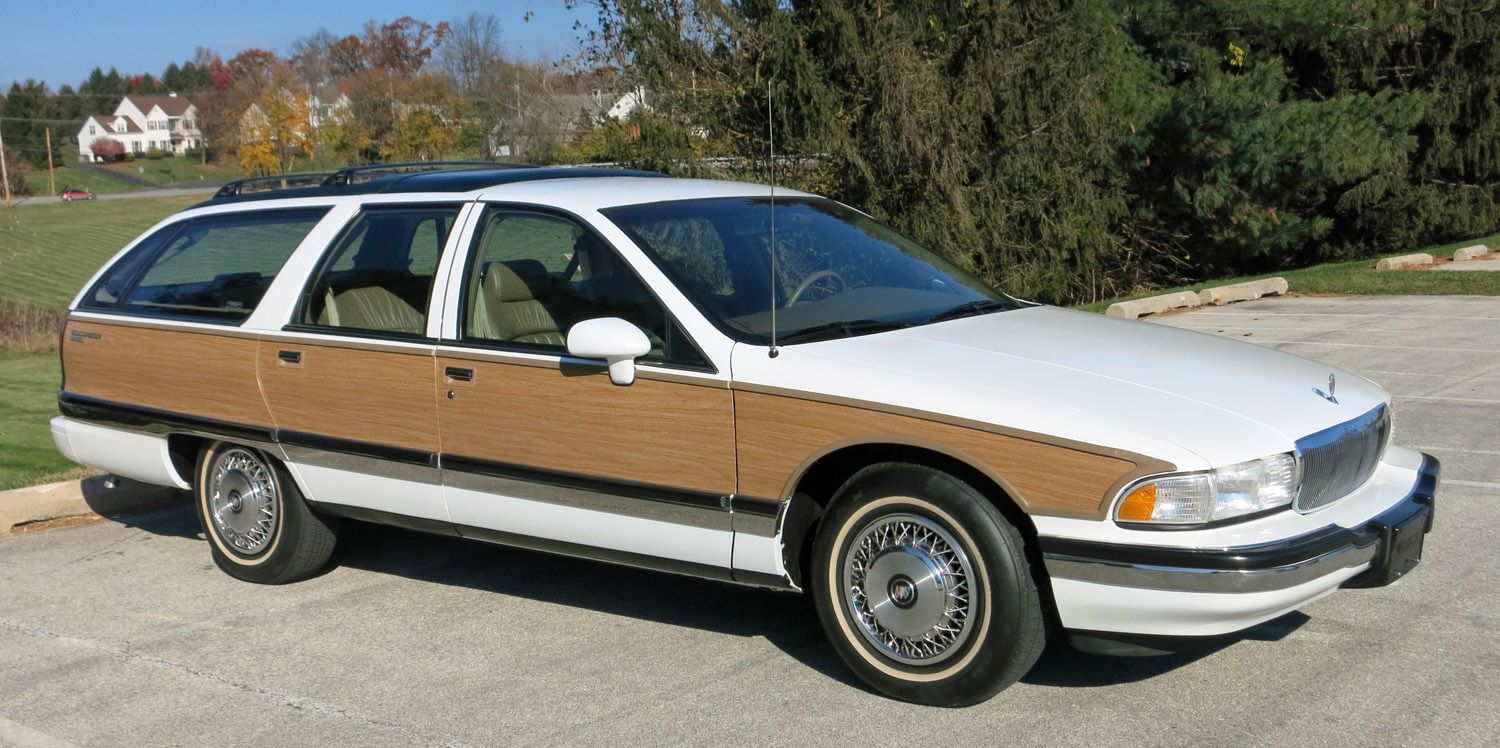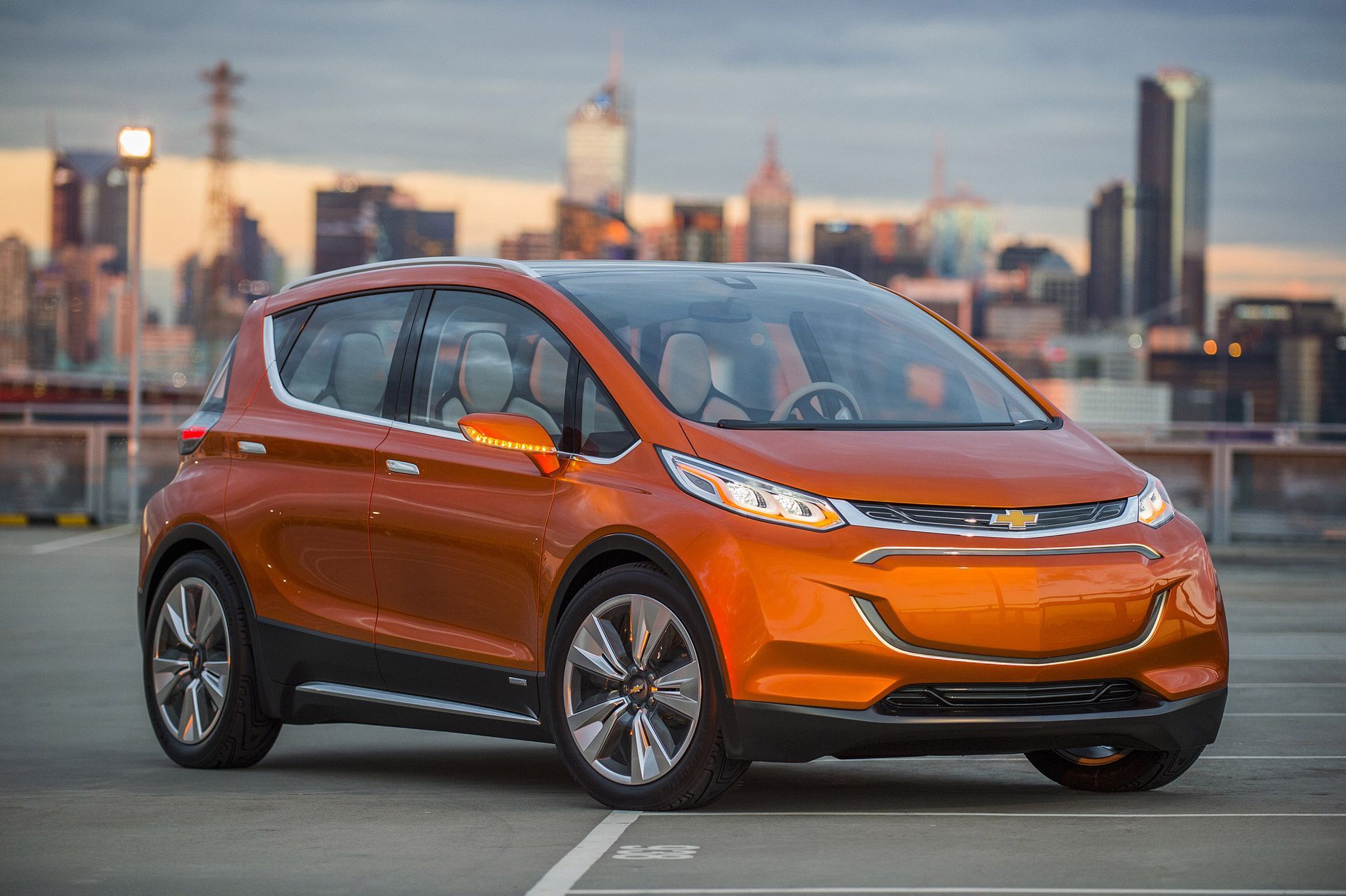It’s always a treat when you park your brand new shiny GM vehicle at your home for the first time. You get out, and take a really good look at it, loving everything about it. The way the paint job reflects the sunlight, the glistening of the cool wheels you had installed, the interesting way the rear corner of the trunk is already starting to rust out. Wait, what?? Welcome to the world of the disposable car. Most cars eventually rust, whether on a small or large scale. From surface corrosion to full-blown metal fatigue, rust plays a part in every vehicles eventual destruction.
There are some vehicles that rust out way easier than others, even by today’s standards. Then again, some vehicles never seem to rust, enduring the test of time and looking no worse for wear after several years. What is the secret for a rust-free vehicle anyway? And why aren’t all vehicles equal in this respect? Some call it luck of the draw, while many others call it by its more familiar term, corporate greed. Whatever the real truth, check out some of the worst rust buckets to come from GM and some that seem to resist corrosion.
20 Rust Bucket: Chevy Vega
The Vega’s reputation speaks volumes about corporate greed. This car very nearly brought down the house of GM due to its poor build quality. The Vega was a true Jekyll and Hyde car. I say this because GM, through playing to the lowest common denominator, managed to sell more than 2-million Vega’s during its production run.
The model gained all sorts of accolades such as Car of The Year.
In the same year, the car was voted One of the worst quality cars in automotive history. Rust and corrosion were the biggest complaints about this ultra-cheap car. I guess you really do get what you pay for sometimes.
19 Rust Bucket: GMC Canyon
Long ago before bed liners were commonplace, truck beds had to simply tough it out. Truck manufacturers like GM were constantly touting their vehicles’ masculinity and bragging about how their trucks were seemingly impervious to the elements. And customers believed them, purchasing trucks in such large numbers that they soon overtook cars. Then reality hit those same customers like a battering ram. From at least 1996-2006, scores of truck buyers blasted GM and its wildly over enthusiastic claims, claiming that their beds were rusting at the surface and in some vehicles rusting through completely at the corners.
18 Rust Bucket: Pontiac Trans AM
Trans Am, much like its weaker sister the Camaro, suffered from similar corrosion problems, chiefly to its undercarriage and front and rear corner body panels.
As fast as it claimed to be, the Pontiac wasn’t quite fast enough to avoid the rust tearing through its bowels like a hot knife through butter.
Those who dared to be different and purchased a Trans Am with the optional T-Top were particularly angry, wondering why their rusting car was all of a sudden leaking like a sieve. They soon found out with minimal investigation that their precious Firebird was corroding in the corners of the roof, where there should have been sufficient corrosion protection.
17 Rust Bucket: Older Chevy Silverado
Silverado’s suffered from terrible corrosion problems at the undercarriage from the late 1990’s to at least the mid 2000’s. Perhaps at the time, GM simply didn’t think that people would look underneath their vehicles until it was too late to do anything about it. I’ve read on different forums about how picky GM was about handling the corrosion problems, citing everything from the use of non-factory installed tires to where the customer lived as blame for the rust developing. That sort of side-stepping instlls a lot of confidence in me, I tell you.
16 Rust Bucket: Buick LeSabre
The 1992-1999 LeSabre had some serious rust problem going on with its subframe, according to reports from Car Gurus. Other sites such as Antique Automobile Club also mentioned that the subframe’s mounting bolts were corroding so badly that some were sheering off.
This is particularly serious when one realizes that with the loss of those bolts, the subframe could simply drop from the vehicle, causing a total loss of steering.
GM being GM of course, never instituted a full recall about the situation, but the problem affected quite a few of their cars. Be careful and do your homework when shopping for a used car.
15 Rust Bucket: Chevy Camaro (Nearly Any Model)
Camaro owners can’t be surprised about rust problems with their vehicles. Any model older than a few years can expect a plague of corrosion problems, ranging from the infamous “Ring of Rust” around the rear quarter windows to plenty of undercarriage rust. In the 70’s and 80’s and probably beyond the Camaros suffered the “curse of the corrosion bubbles” on the hood and headlight areas as well as the rear lower body panels. The wheel well rim areas were prone to rust, especially in any area where it might rain. There was definitely a reason so many Camaro’s were driven around with just a primer coat.
14 Rust Bucket: Chevy Citation
What can be said about the Citation that already hasn’t been? Nothing. This was a successful model for GM, bar none. But due to its extremely cheap build-quality, the Citation was also one of the worst cars around. A terrible suspension, underpowered, prone to rust up faster than a speeding bullet, the Citation was truly a jack of all trades, and master of none. If there was any corrosion protection it probably flaked off if the car was going faster than 40 mph. People joked that the Citation could be heard rusting if it rained hard enough. Now that is sad.
13 Rust Buscket: Early 1970s Cadillacs
Even though owning a big Cadillac during the 1970’s meant that you were rich (or a pimp), another thing it meant was that you were probably the owner of a soon to be not so shiny rust bucket.
Sevilles and their siblings suffered from corrosion problems concerning mostly their rear panels and even sometimes their engine mounts.
Attempting to fight off the likes of BMW during those times, the Seville sold well enough, but due to cheap build quality, a bit of salt air was hazardous on the Cadillac’s undercarriage, and trunk corners, and forward underframe areas, sending the cars to the graveyard far sooner than originally thought.
12 Rust Bucket: Buick Rendezvous
Buick might be making a comeback as of recently with sales of its crossover vehicles, but earlier the brand was also making waves for another reason – rust. The Rendezvous as well as the Buick Terraza was listed by AutoNet, after gathering years of data, as one of the least corrosion-resistant vehicles around, due to its metals’ tendency to rust rapidly. At an average of only 3-4 years, Buick has one of the shortest corrosion warranty periods of any manufacturer. That’s very telling when other makers such as Audi and Mercedes offer 12-year corrosion warranties for the same thing.
11 Rust Bucket: Saturn Vue
Although the Vue had a lot of ding-resistant plastic panels bolted to it, the main problem was the subframe, which had a real tendency to corrode. Many customers complained of the problem over at forums such as Edmunds and Car Gurus. Also the rear hatch components were highly susceptible to rust, especially if you lived in wet or snowy areas. The engine cradle mounts were also noted for their rust-attracting tendencies. Most customers made these complaints after owning their Vue’s for only a few thousand miles. Then again, the Vue had been recalled for possible rollover problems due to a weaker than expected suspension, making the Vue a vehicle to be avoided anyway.
10 Never Rust: 2013/2014 GMC Sierra
The Sierra saw some much-improved changes to its body armour during the 2013/2014 model year thanks to new corrosion resistant Sheetmetal. Targeting the truck bed helped to make the model one of the best trucks out there, especially in the “Rust Belt” areas of the Midwest, where snow and salt can break down the toughest of vehicles. The truck’s undercarriage also received better treatment and the use of zinc coating during the manufacturing of the steel panels greatly reduced corrosion, according to a report from mcgrathautoblog.com.
9 Never Rust: Saturn Sky
GM isn’t a company that listens intently when there’s a problem if you ask me. Sometimes common sense is needed. Even worse, they sometimes don’t see a good thing staring at them either. Take a car division that sells tons of cars that are primarily made of plastic and glass, and you’d think it’s a good thing, right? No rust, no real corrosion problems except for the earliest models, and lots of customers throwing money at the dealers.
But GM shut Saturn down, preferring to stay with its galvanized steel dreams.
Sometimes, companies never learn.
8 Never Rust: Chevy Corvette
Corvette might mean a lot of things to its owners, but the word “corrosion” probably doesn’t mean much to them. Comprised of mostly plastic and carbon, most modern Vettes know nothing of rust, which is fantastic. This is Chevy’s flagship showcase here we’re talking about, so it wouldn’t bode well at all if it were experiencing something as embarrassing as rust problems. The premium car with the premium price tag could never be seen as having something like corrosion. That’s for much lesser cars. Like a Camaro, for instance.
7 Never Rust: Buick Riviera
Most Riviera models are not known to rust badly. No one for sure knows why, especially for it being a GM vehicle. The last model year for the car was 1999, but from reviewing several sites like Edmunds, Automobile-Catalog and others, GM did something right when it came to corrosion protection. The 240 hp Riviera was always a different car anyway, built to be a “Personal Luxury” vehicle. It seems Buick paid special attention to detail, which makes perfect sense when it came to its former flagship. Too bad for the rest of Buick’s current lineup.
6 Never Rust: 2014 Chevy Silverado
The 2014 model Silverado is one of the most corrosion resistant vehicles out there, at least according to the GM Media division. I have little reason to doubt the statement. Sticking with its galvanized steel method of building vehicles (except for the hood), the big Chevy has been consistent in improving its rust protecting credibility, all the way into the current model year. Site like Car Complaints and Auto Trader, as well as used vehicle buyers agree that the rust resistance coating of the Silverado makes it one of the better trucks to purchase as a second vehicle.
5 Never Rust: Cadillac CTS
The 2000-2008 model CTS’s had some corrosion problems, mainly involving jack mount bolts, undercarriage, etc., but GM did eventually address the concerns.
Towards 2015 nearly 5,000 CTS models in the Midwest were recalled due to brake lines corroding.
After that, the CTS/CTS-V models are enjoying nearly corrosive free lives. GM constantly experiments with different treatments for its vehicles and when you have a car with at least 425 hp powering it, you’d better make sure nothing stands in the way of stopping it when it needs to.
4 Never Rust: Saturn S Series
Although some types of Saturn vehicle had to deal with corrosion problems, this really wasn’t an issue for the S series. With their plastic panels and other exterior parts, the Saturn was at the very least GM’s proof that they could build a car that wouldn’t rust before you drove it out of your dealer’s lot. The wholly spun off vehicle division could brag about how its vehicles’ doors could take the toughest of shopping cart hits and the plastic doors could bounce out the dents, no problem, according to Auto Trader. Why GM destroyed Saturn is anybody’s guess, but at least they realized plastic was the way to go as far as designing small cars.
3 Never Rust: Chevy Sonic
The Sonic, although it’ll be discontinued after the 2019 model year, provided GM with the opportunity to test different methods of protecting against corrosion, according to the New York Times. Employing various types of formulated galvanized steel for body panels and frames, The Sonic allowed GM to attempt to improve a problem the manufacturer always seemed to have – rust problems. Strangely enough, Except for the Buick Roadmaster, GM has always been better at protecting smaller cars, from corrosion than the Sonic’s much larger siblings.
2 Never Rust: Buick Roadmaster Estate
You’d think that something as gargantuan as the Buick Roadmaster would rust as terribly as some sunken battleships you’ve seen on one of those deep-sea documentaries. It just isn’t so. Sure, you’ll probably see a few articles about rust problems, but those are definitely in the minority. With the last models offering up to 260 hp, the Roadmaster could give even the largest cruise ship a run for its money. Perhaps it was the slightly thicker steel that was used to build something this large, or maybe just plain luck. The world may never know for sure.
1 Never Rust: Chevy Bolt
Whatever is going on with the Bolt corrosion-wise is a good thing as far as I’m concerned. Yes, the body uses a good bit of plastic, but the metal parts also seem nearly impervious to corrosion. I think even GM is surprised at how resilient to rust the car is. It might have other quality problems such as battery issues, but the body holds up well through all sorts of weather variations. Being an all-electric car, something like corrosion could’ve easily become a problem, but GM wisely used lightweight, but super-tough plastic panels for the body, and GM also employed various undercoating techniques to ensure the Bolt will indeed endure the years of use customers will no doubt get.
Sources: Cargurus.com, GM.com, AutoTrader.ca

